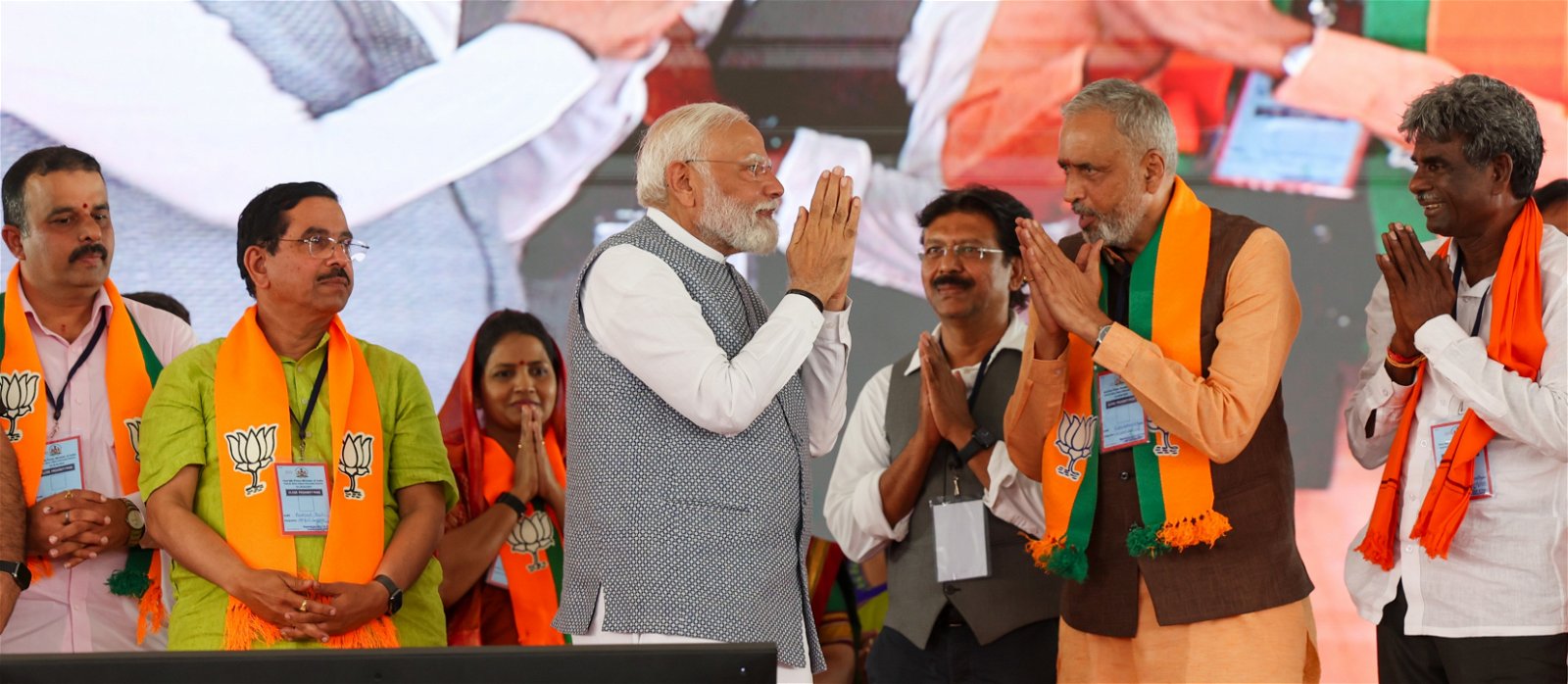
Millions of Indian citizens participated in the second phase of the national elections, with Prime Minister Narendra Modi aiming to rally support through his assertive Hindu nationalist approach. Despite scorching temperatures reaching 42 degrees Celsius, voters queued outside polling stations as voting commenced at 7 a.m. local time.
According to election officials, approximately 60.96% of the 160 million eligible voters cast their ballots in the second round. The results of this phase are critical for Modi’s Bharatiya Janata Party (BJP), as it includes 88 constituencies across 13 states, encompassing BJP strongholds like Rajasthan, Madhya Pradesh, Uttar Pradesh, and Maharashtra.
Projections suggest a victory for Modi and the BJP, who face a formidable opposition coalition led by the Indian National Congress and regional parties. Notable candidates include Rahul Gandhi of the Congress party contesting in Wayanad constituency for the second time, and BJP figures such as Bollywood star Hema Malini and actor Arun Govil.
Modi encouraged high voter turnout, particularly among young and female voters, emphasizing the importance of democracy. The BJP secured a parliamentary seat in Surat, Gujarat, due to disqualification of the Congress candidate, Mukesh Dalal.
India’s staggered elections, spanning six weeks until June 1, involve nearly 970 million voters, with results announced on June 4. Despite a slightly lower turnout compared to previous elections, analysts consider the BJP as the frontrunner, though some note a lack of enthusiasm due to anticipated BJP dominance.
Critics accuse Modi’s BJP of eroding India’s secular fabric and promoting religious intolerance, citing controversial remarks by Modi regarding wealth distribution and alleged violations of election conduct codes. Both the Congress party and the BJP have filed complaints against each other, prompting election officials to investigate further.

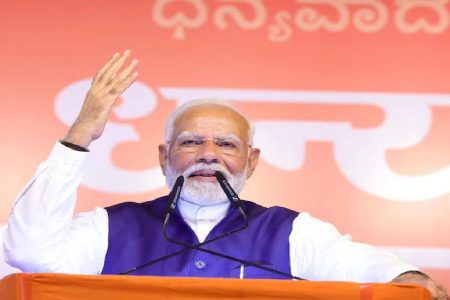
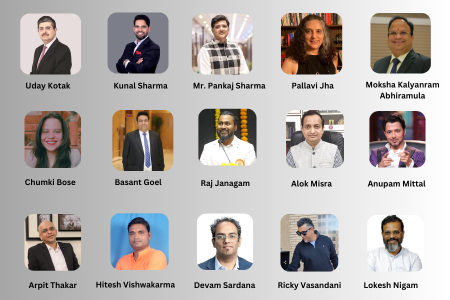
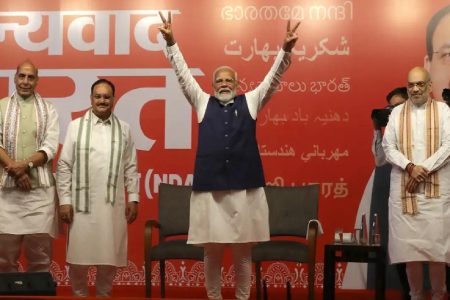
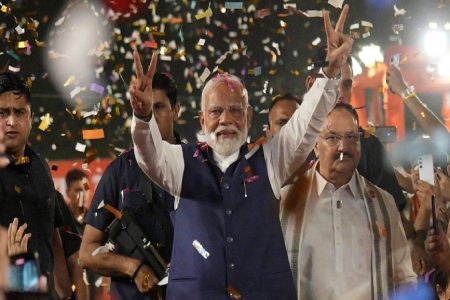






2 Comments
This resource offers a lot of interesting and valuable information.
On the website, you can discover a wide range of subjects that broaden your horizons.
Readers will enjoy the content shared on this site.
All topics is well-structured, making it convenient to use.
The articles are written clearly.
There are tips on many areas.
Whether your interest is in inspiration, this site has everything you need.
All in all, this website is a excellent platform for curious minds.
https://tango-city.de/
This website contains a lot of engaging and useful information.
On this platform, you can explore many topics that broaden your horizons.
Everyone will enjoy the content shared on this site.
Every category is thoughtfully designed, making it simple to use.
The content are presented professionally.
The site includes information on various fields.
Whether you’re looking for inspiration, this site has something for everyone.
In general, this website is a excellent platform for curious minds.
https://gidromet.info/